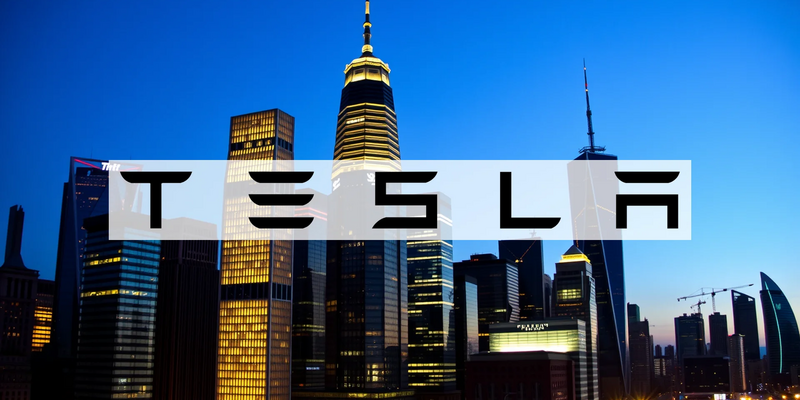Tesla Leadership Crisis Deepens Amid Executive Departures
14.11.2025 - 15:28:05Tesla US88160R1014
Tesla finds itself grappling with its most severe leadership challenge to date. The electric vehicle pioneer faces a troubling exodus of senior executives, raising fundamental questions about its capacity to execute ambitious autonomous driving initiatives. This corporate turmoil unfolds as CEO Elon Musk secures his monumental compensation package, creating a stark contrast between executive rewards and management stability.
Shareholders recently endorsed Musk's unprecedented compensation deal, valued at approximately one trillion dollars. The complex package comprises twelve separate tranches, each linked to aggressive performance benchmarks including achieving a two trillion dollar market capitalization. However, the 75% approval rate fell notably short of expectations and trailed support levels for the company's 2018 compensation plan.
Proxy advisory firms Glass Lewis and ISS had recommended rejecting the proposal, citing governance issues. Market observers note particular concern that the arrangement could potentially increase Musk's ownership stake from 13% to 25%, representing an extraordinary concentration of decision-making power within a single individual.
Senior Leadership Exodus Intensifies
The investment community received back-to-back shocks with the departures of two key executives. Siddhant Awasthi, who spearheaded the Cybertruck program throughout his eight-year tenure, announced his exit. Within hours, Emmanuel Lamacchia, the executive responsible for the Model Y rollout, followed suit.
This dual departure continues a worrying pattern established earlier in 2025, when Tesla's North American sales chief and artificial intelligence lead both left the organization. The sustained talent drain creates significant uncertainty around Tesla's ability to deliver on its robotics and robotaxi ambitions during a critical transition from automobile manufacturer to comprehensive technology provider.
Should investors sell immediately? Or is it worth buying Tesla?
Mounting Operational Challenges
Beyond leadership instability, Tesla confronts escalating operational difficulties. A safety recall affecting 10,500 Powerwall battery systems due to fire risk highlights persistent quality control issues. More alarming are sales figures from China, Tesla's most crucial growth market, where October deliveries plummeted to 26,006 vehicles—the lowest level in three years.
Competitive pressure from Chinese manufacturers continues to intensify while Tesla's autonomous driving initiatives face regulatory delays. Necessary permitting documentation remains outstanding in Arizona and Nevada, while California's so-called "robotaxis" continue operating with human safety drivers behind the wheel.
Investor Confidence Erodes
Market sentiment has reflected these mounting concerns, with Tesla shares declining more than 7% during a single trading week. The company now stands as the only member of the "Magnificent Seven" technology stocks trading in negative territory for 2025—a disappointing development for stakeholders.
Whether Tesla can reverse this trajectory depends on several critical factors: containing the leadership hemorrhage, overcoming regulatory obstacles for autonomous vehicles, and maintaining competitiveness in China's cutthroat electric vehicle market. Until these challenges are substantively addressed, Tesla remains a high-risk investment facing an uncertain future.
Ad
Tesla Stock: Buy or Sell?! New Tesla Analysis from November 14 delivers the answer:
The latest Tesla figures speak for themselves: Urgent action needed for Tesla investors. Is it worth buying or should you sell? Find out what to do now in the current free analysis from November 14.
Tesla: Buy or sell? Read more here...


